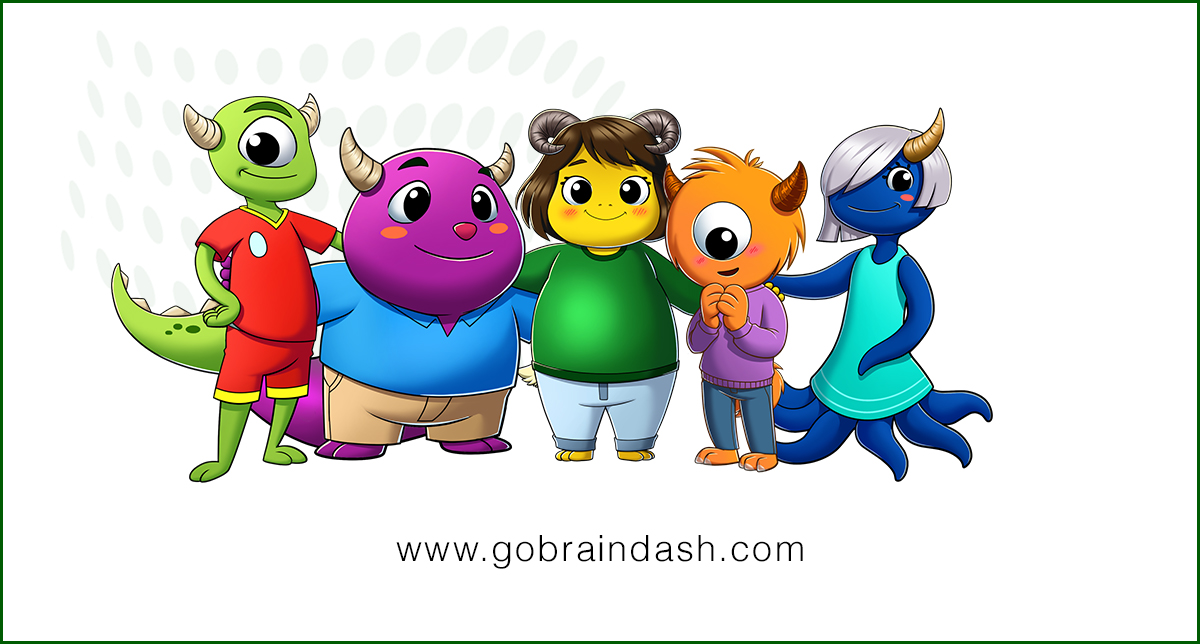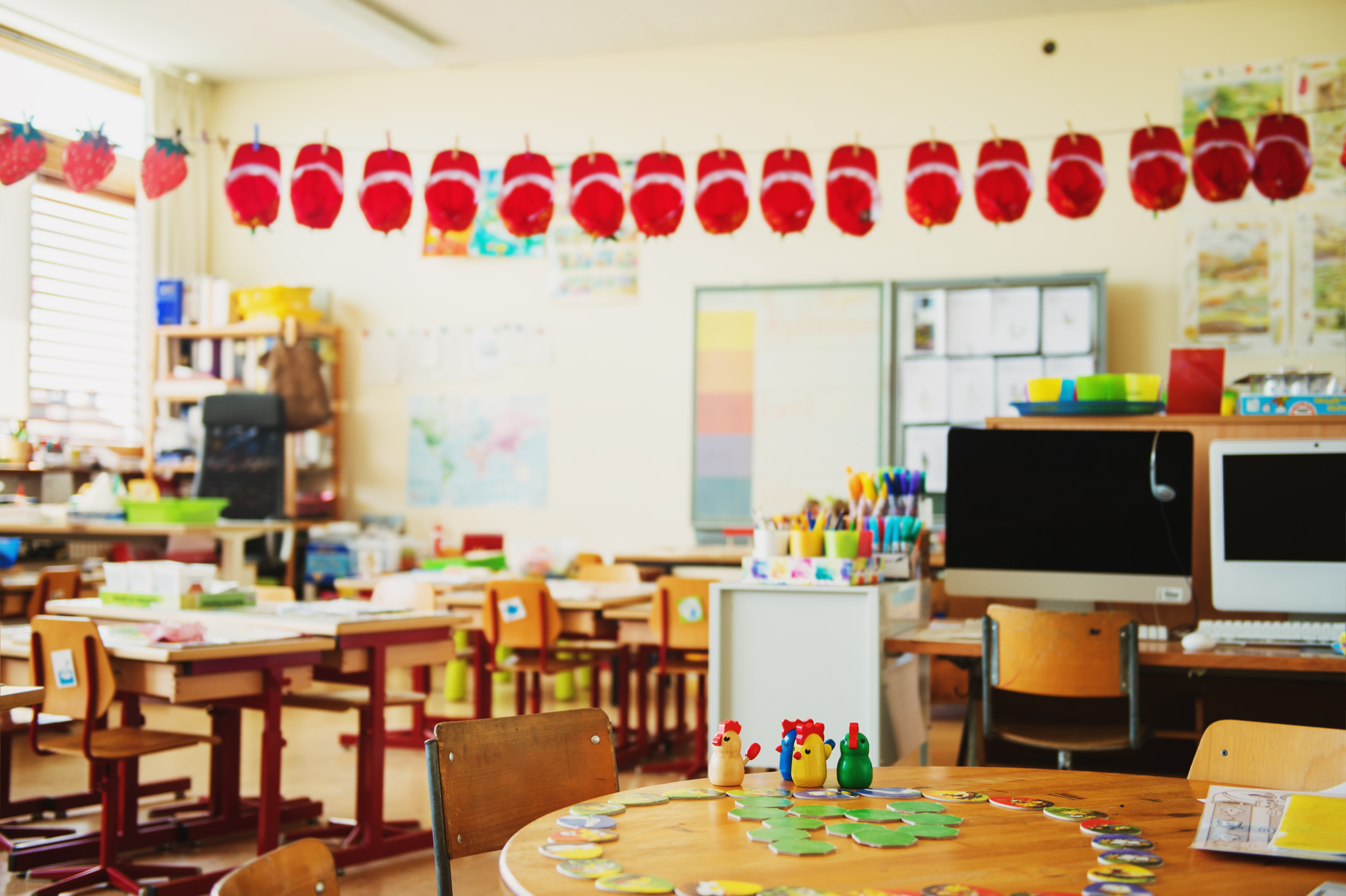It Started with a Question
Two years in, we’re building the early warning system schools have always needed. I had my second depressive episode in November 2022. It took time,...
3 min read
 Dr. David X. Cifu
:
Jul 8, 2025 2:02:52 PM
Dr. David X. Cifu
:
Jul 8, 2025 2:02:52 PM

A new study published in JAMA confirms what many of us in clinical neuroscience and rehabilitation have been seeing for years: American children are getting sicker earlier.
Compared to just a decade ago, kids today are 15-20% more likely to suffer from a chronic illness. Depression, anxiety, behavioral disorders, obesity, and sleep problems have all climbed. So have rates of loneliness and attention issues. Most alarming of all—children in the U.S. are now 80% more likely to die than their peers in other high-income nations.
This is not a minor shift. It’s a public health collapse. And the root causes are not just medical. They’re systemic.
In clinical medicine, we call it comorbidity. But in real life, it just looks like a cascade.
A student struggling with anxiety also loses sleep. Poor sleep reduces executive function and memory, which leads to academic stress and social withdrawal, which leads to more anxiety, and so on.
The brain is not siloed from the body. When we ignore early mental health risks, we’re not just missing the signs of illness—we’re letting entire systems degrade.
This is what I’ve seen for decades in my work with service members, veterans, athletes and other individuals with brain injury, and now, students.
In The Anxious Generation, Dr. Jonathan Haidt lays out a powerful case: childhood has been rewired.
Kids no longer roam outside or play unsupervised. Instead, they are raised on devices, steeped in social media, and exposed to constant digital noise from a young age. The results? Record-high levels of depression, anxiety, and self-harm, especially among girls.
This isn’t just a cultural shift, it’s a neurological one. The developing brain is being flooded with inputs it was never designed to process, while being starved of the real-world interactions it needs to grow strong and resilient.
We are raising brains in conditions of chronic stress. And then we’re surprised when they break down.
Students spend more time at school than anywhere else. Yet schools are expected to support mental health with almost no visibility into early risk.
Most schools still rely on referrals, observations, or self-reporting after a student is already in distress. Counselors are overloaded. Teachers are stretched thin. By the time anyone notices a problem, the damage has already taken root.
We would never run a brain injury or stroke unit this way. So why are we doing it with our kids?
That is why we built BrainDash. It’s the first mental illness risk prevention platform for schools—built not just to identify symptoms, but to recognize the early environmental signals that lead to breakdown.
We track core brain health drivers like mood, sleep, stress, social connection, and physical activity. Students complete brief, clinically validated screeners. Teachers and parents contribute simple observations. The platform identifies rising risk—and shows schools where to focus, before a crisis emerges.
This isn’t diagnosing. It’s detecting changes, risks and trends. And it works.
We know that early intervention can reduce the severity of mental illness by 40 to 60 percent. We know that students with early support perform better academically, socially, and emotionally. And we know that prevention works—especially when the right data gets turned into usable information and gets to the right people at the right time.
BrainDash doesn’t replace counselors. It empowers them. It doesn’t add to the teacher workload. It fits into what they already do. And it doesn’t wait for a crisis before it moves.
That is what makes it different from most platforms on the market today. This isn’t a therapy referral tool or a mindfulness app. It’s a system for early detection, using analytics to understand data, dashboards to convey information and using multidimensional inputs to drive coordinated action—built for the real conditions schools are in.
The cost of doing nothing is enormous. When mental health challenges go unaddressed, schools risk losing $10,000 or more per student through absenteeism, disengagement, and attrition. But the impact is much deeper than dollars. Every missed signal is a missed opportunity to support a child before they fall apart.
We already know the answer if we continue doing what we are doing now. Rates will keep rising. Trust will keep eroding. And we’ll be left trying to treat what we could have prevented.
But we have a choice. We can build systems and apply that work upstream. We can equip schools to see the invisible. And we can protect the brain and build its resilience—before it breaks.
This isn’t just a mental health crisis, it’s a brain health crisis. And it demands a prevention-first response.
Let’s stop reacting. Let’s start preventing. Let's start building. Let's help kids to thrive.
Let’s build unshakable minds.

Two years in, we’re building the early warning system schools have always needed. I had my second depressive episode in November 2022. It took time,...

The Moment That Matters A seventh grader opens BrainDashTM on her school device. A bright orange monster pops up on screen with a quick, friendly...

Why we’re creating thePredictive Preventioncategory in mental health — before more kids fall through the cracks